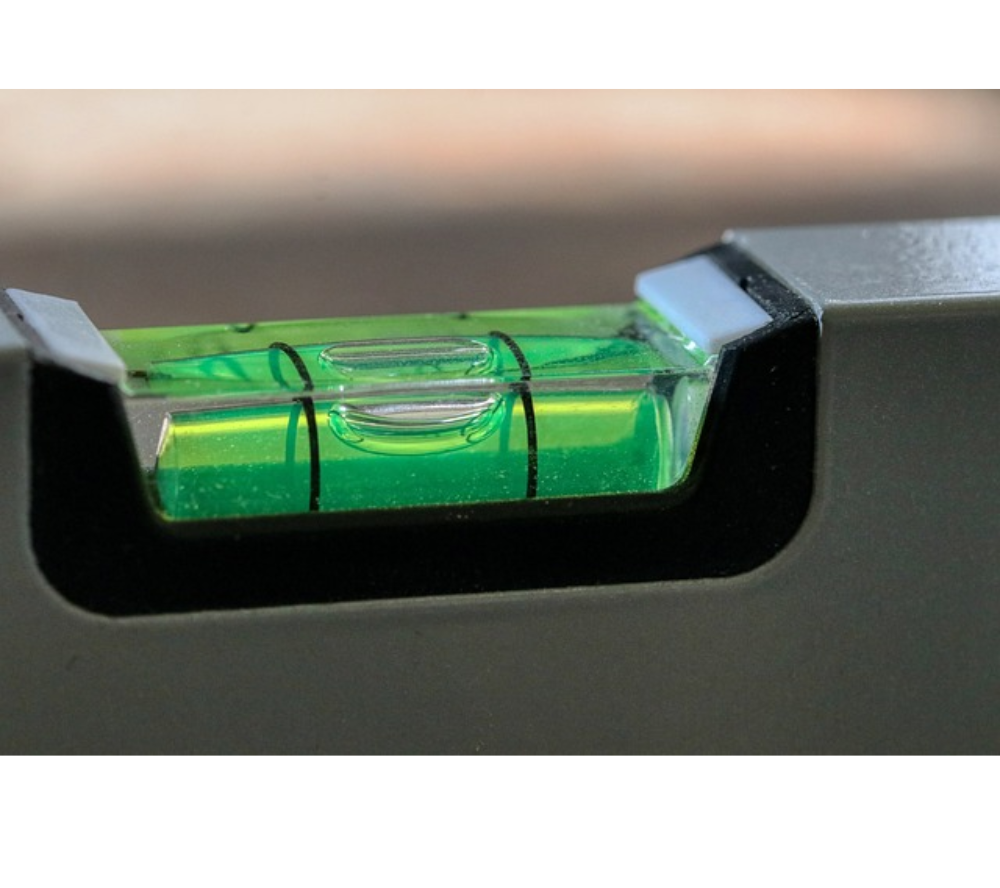The Proper Way to Level a Billiards Table
There are 3 ways that you can level a billiards table and that all depends on the type of table that you have. An uneven billiards table will make it impossible to make the perfect shot. You may notice that the ball rolls too far, too fast, or changes direction as if it has a mind of its own. The velocity of the ball may increase/decrease if heading up/down a sloping table.

Leveling a pool table
Yes, you can let out a sigh of relief. Your cue ball is not under some magic spell! This post will tell you explain some of the causes of an uneven table and show you the proper way to level your billiards table.
Causes of an Uneven Table
Sometimes the table can droop, bend, or dip in certain areas. Maybe you and your friends use your billiards table as a make-shift couch or you may have been handling of your table improperly.
One thing that you never want to do is pick up your pool table from the top or from the end! This can cause your table to warp, bend, and/or crack. The correct way to move a pool table is to use a jack or lift and raise the table from the center to prevent any inconsistencies in your playing surface.
What You’ll Need
A level, a screwdriver, and a few wooden shims will come in handy. That’s it for this section! Now, let’s level out that billiards table of yours!
3 Types of Pool Tables
Always follow the instructions provided in your pool table Owner’s Manual. Not all pool tables are the same but the principles behind leveling your table should be similar. There are 3 ways that your billiards table can be leveled; metal plates, adjustable legs, and wood shims.
-
- Metal Plates (Shims)
Most pool tables come with metal plates (shims) that can be used to level the playing surface of your billiards table. If you are not sure if your pool table have metal shims, try looking under the legs, under the table, and in the accessory bag that your pool table came with.
- Metal Plates (Shims)

Metal Billiards Shims
-
- Adjustable Legs
Other tables come with self-leveling legs that are adjustable. This makes leveling your billiards table simple as you won’t need any tools.
- Adjustable Legs

Adjustable Billiards Feet
- Wooden Shims
In the case that your billiards table has neither metal plates nor adjustable legs, you can still level your table for optimum performance. In lieu of the metal plates, you can use wooden shims. Although they are not sturdy as metal, they can still get the job done!

Wood Pool Table Shims
Inspecting the Balance of Your Pool Table
Some leveling guides may leave this part out but it’s important! Make sure that the location of your pool table is even. Place the level beneath your pool table to make sure that there are no areas of the floor that could be causing your pool table to lean. Sometimes carpeting or flooring in general can create slight imbalances in the level of your pool table. Pinpointing the problem will make it easier to figure out which areas need to be raised to level your pool table out.
Once you’ve made sure that this is not what’s causing the imbalance of your pool table, you can place a level in the center of the table to check for any inconsistencies. Don’t just check in one spot either! Place the level in the center AND on all 4 sides of your billiards table. Repeat your inspection to make sure that you have a clear and accurate reading.
How to Level a Pool Table
Shims are designed to add incremental support to a given object. They are often used to hang cabinetry and other home furnishings. The further you place the shim under your table, the higher it will raise that section of the table. If you notice, shims are angled and gradually increases in thickness.
Add shims beneath areas of your table that are lower than they should be. Go slowly and check with your leveler to make sure that you are not overdoing it. For billiards tables with adjustable legs, remove the screws holding the legs in place and move them up/down to create an even playing surface. Make sure that you tighten the screws down securely to prevent any slippage!
Finally when you think you’ve got it right, inspect the table with a level to make sure that everything is aligned correctly. Sometimes the table can droop and slip overtime. You’ve probably noticed the indentation that couches leave after being stationed in the same spot for a long time. This 1/2” indentation is enough to throw off the balance of your billiards table. It’s not a bad idea to check the balance of your table from time to time!
